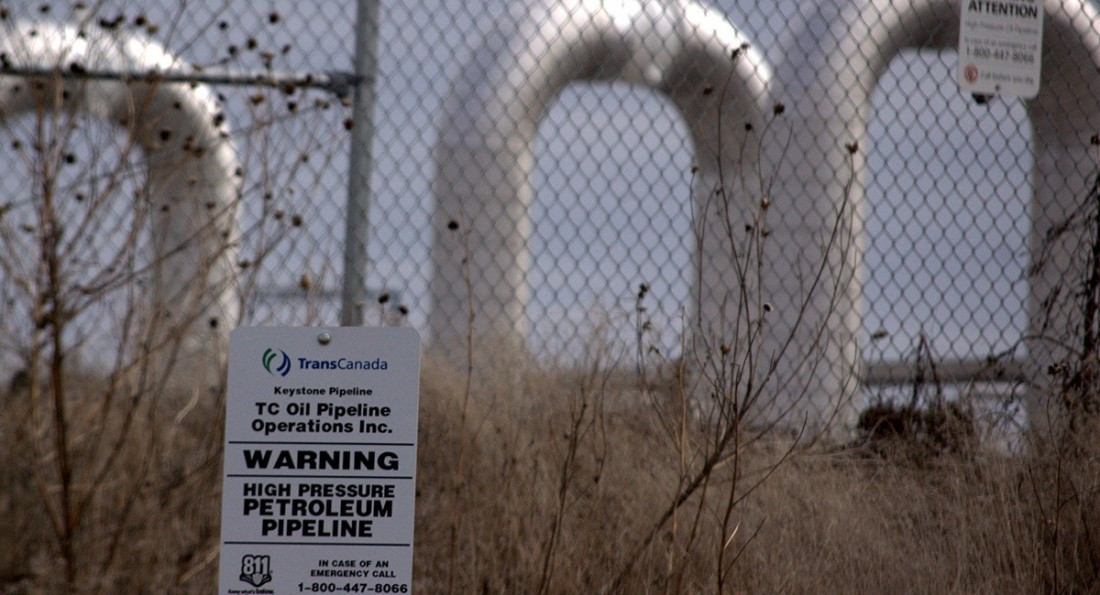A matter of conversion
Winnipeg the first stop in Energy East’s series of Open House events across Canada
While the debate about the approval of TransCanada Corporation’s Keystone XL pipeline broils south of the border, Canada is dealing with its own pipeline questions. Not the least of these is the matter of TransCanada’s Energy East project, a plan to transport over a million barrels of oil each day from Hardisty, Alberta to refineries across the country in Atlantic Canada.
Last week, TransCanada submitted its Energy East project description to the National Energy Board, laying out plans for the conversion of the longest pipeline in Canada – known as the Canadian Mainline – from transporting natural gas, to oil. A certain amount of new pipeline construction is also proposed, but for the most part, the existing pipeline which was originally constructed in the late 1950s would be used if the project goes through.
“The Canadian Mainline [consists] of a series of pipelines running alongside of each other, so we’re converting one of those lines from gas service to oil service,” confirms TransCanada spokesperson Philippe Cannon.
Members of the public will have the opportunity to raise any concerns during an Open House event held by TransCanada on Tuesday, March 18. These informational events are being held over the next couple of months in communities across all of the provinces along the designated route of the pipeline.
According to Cannon, there will be informational kiosks set up and company representatives present. “If somebody has a question about environment [or] about safety, we’ve got a series of booths where people can talk to different experts on different matters.”
For Manitobans, lingering questions about the explosion of TransCanada’s natural gas pipeline just south of Winnipeg in late January have yet to be answered. Cannon was unable to provide any information or clarification as to the cause of the explosion, or whether that part of their pipeline infrastructure would be used for Energy East.
Aside from that incident, the process of converting a pipeline from carrying natural gas to carrying oil is somewhat contentious according to the Council of Canadians.
“The first Keystone 1 pipeline in the U.S. is a converted pipeline,” writes Andrea Harden-Donahue in a response on behalf of the Council of Canadians. “While TransCanada ensured the public it was a state of the art pipeline, the reality has been far from their promises. TransCanada had predicted it would spill 1.4 times a decade. In its first year of operation, it leaked 14 times, with the largest spill exceeding 21,000 gallons [over 79, 000 litres].”
Cannon, meanwhile, maintains that ensuring the safe transport of oil and gas is a priority for TransCanada. This is evidenced by its recent billion-dollar investment into a pipeline safety program.
“A well-maintained pipeline has an indefinite span of life,” he contends. “The explanation to that is simple. If you do regular in-line inspection, then you know exactly what the state of your infrastructure [is], the state of your pipeline.”
With several major Manitoba waterways being crossed by the pipeline, and the proximity of Energy East’s route to Winnipeg’s water source at Shoal Lake unspecified, the stakes are high.
Several attempts to reach Phil Fontaine for comments pertaining to consultations with Aboriginal communities regarding the Energy East project were unsuccessful.
Published in Volume 68, Number 23 of The Uniter (March 12, 2014)








